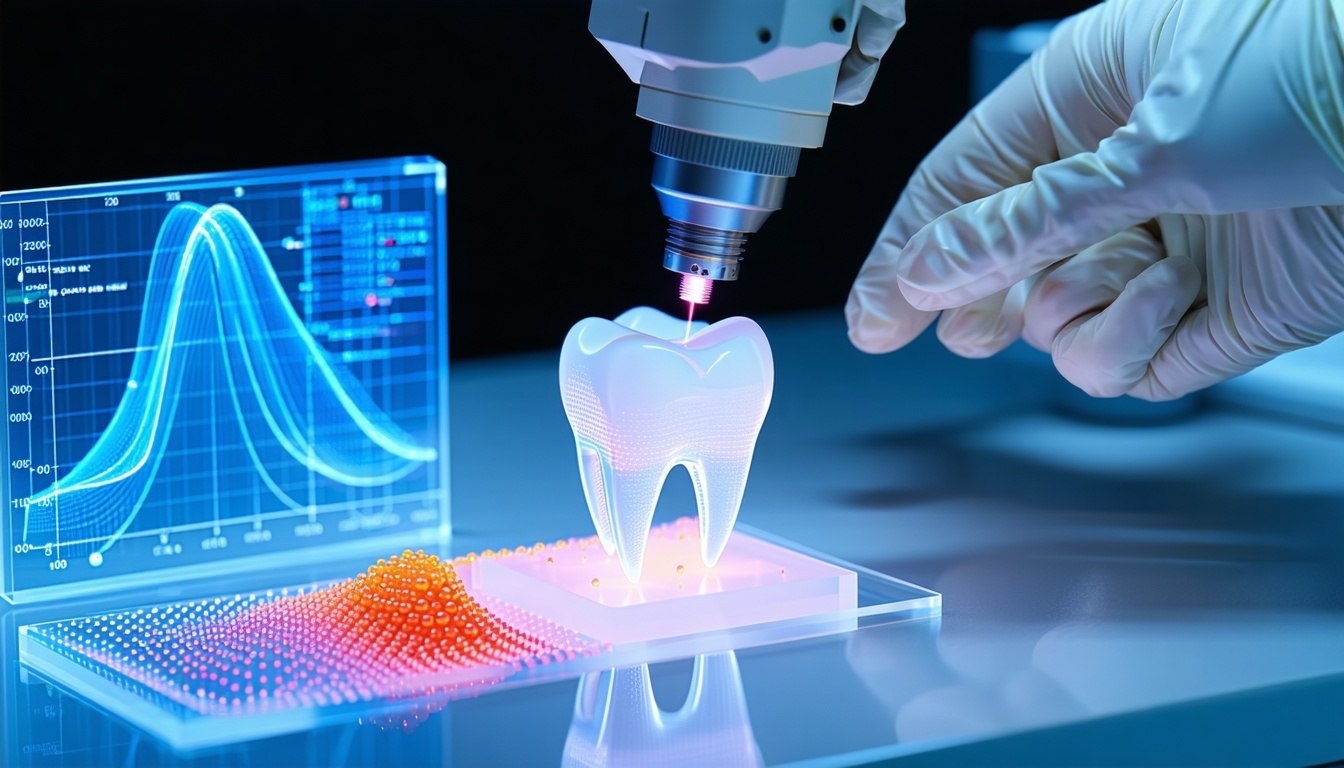Comparing PIPS and PUI in simulated root canals reveals PIPS generates significantly greater fluid movement, enhancing endodontic therapy efficacy.
Authors: Koch JD, Jaramillo DE, DiVito E, Peters OA
Journal: Clinical Oral Investigations, 2016; 20(2):381-6
Objective
he study aimed to compare the fluid movement generated by photon-induced photoacoustic streaming (PIPS) using an Er:YAG laser with passive ultrasonic irrigation (PUI) in simulated root canals, utilizing Particle Image Velocimetry (PIV) to visualize and measure irrigant flow.
Materials and Methods
Model: Simulated root canals prepared to an apical size #30/0.04 taper.
Techniques Compared:
PIPS: Er:YAG laser set at 15 Hz, 20 mJ.
PUI: Non-cutting ultrasonic insert at 30% unit power.
PIV Analysis: Used 6-μm melamine spheres in water to track fluid movement.
Measurement Regions: Coronal, midroot, and apical canal sections.
Assessment: Fluid velocities were measured directly below the instrument tips and at varying distances along the canal.
Key Results:
PUI: Average fluid velocities near the ultrasonic file were around 0.03 m/s.
Velocity rapidly decreased to undetectable levels about 2 mm from the tip.
PIPS: Produced average fluid velocities approximately ten times higher than PUI.
High velocities were detected throughout the canal, up to 20 mm from the activation source.
Overall: PIPS generated significantly greater and more widespread fluid movement compared to PUI, both close to and distant from the activation source.
Conclusions
PIPS caused higher average fluid speeds when compared to PUI, both close and distant from the instrument. The findings of this study could be relevant to the debriding and disinfecting stage of endodontic therapy.
VIEW FULL ARTICLE HERE

